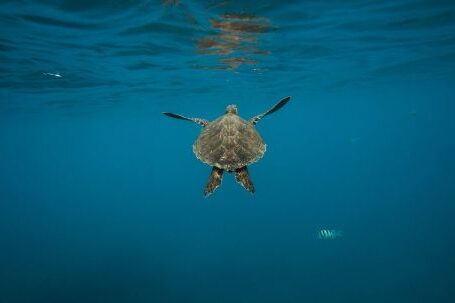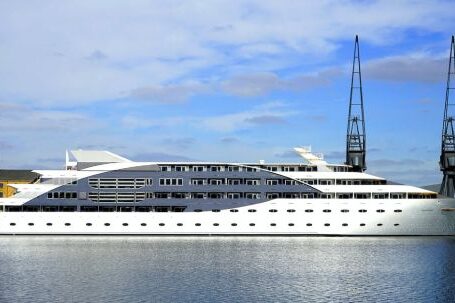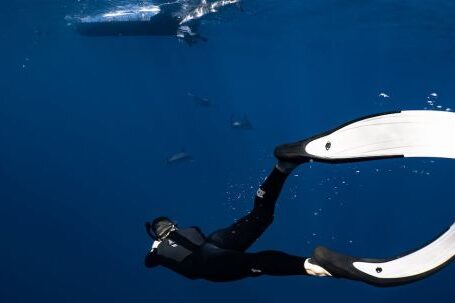There is no denying the beauty and wonder of the underwater world. From vibrant coral reefs to diverse marine life, the ocean is a treasure trove waiting to be explored. However, with increasing human activity and climate change, our natural reefs are facing immense pressure and are at risk of irreversible damage. In recent years, one solution that has gained popularity is the creation of artificial reefs. These man-made structures not only provide a unique diving experience but also offer a much-needed boost for marine ecosystems.
Enhancing Biodiversity
One of the primary benefits of artificial reefs is their ability to enhance biodiversity. By providing a new habitat for marine organisms, these structures attract a wide variety of species that may not have been present in the area before. The complex structure of the reef offers shelter, protection, and a breeding ground for many marine creatures. This influx of biodiversity has a positive ripple effect on the entire ecosystem, creating a thriving environment for both flora and fauna.
Promoting Coral Growth
Coral reefs are often referred to as the rainforests of the sea due to their incredible biodiversity. However, these delicate ecosystems are highly vulnerable to climate change and human activities. Artificial reefs provide a lifeline for struggling coral populations. By creating a stable substrate on which coral larvae can attach and grow, these structures facilitate the recovery of damaged or degraded reefs. Divers who explore these artificial reefs are often treated to the sight of vibrant, healthy corals that have flourished in this new environment.
Creating Marine Sanctuaries
Artificial reefs can also serve as purpose-built marine sanctuaries. By strategically placing these structures in marine parks or protected areas, authorities can effectively manage and conserve fragile ecosystems. These sanctuaries not only provide a safe haven for marine life but also offer a controlled environment for scientific research and monitoring. Furthermore, by diverting divers away from natural reefs towards artificial ones, the pressure on vulnerable ecosystems can be reduced, allowing them to recover and regenerate.
Revitalizing Local Economies
The benefits of artificial reefs extend beyond the marine environment. These man-made structures have the potential to boost local economies, particularly in coastal communities heavily reliant on tourism. Diving on artificial reefs attracts enthusiasts from around the world, creating a thriving diving industry that supports local businesses such as dive shops, hotels, restaurants, and tour operators. The influx of tourists also brings in revenue for conservation and reef restoration efforts, ensuring the long-term sustainability of these initiatives.
The Future of Artificial Reefs
As the threats facing natural reefs continue to escalate, the importance of artificial reefs as a conservation tool cannot be overstated. However, it is crucial to ensure that these structures are designed and implemented with careful consideration for their ecological impact. The materials used, the location chosen, and the monitoring of these reefs should all be carried out with the utmost care to ensure their effectiveness and sustainability.
In conclusion, diving on artificial reefs not only offers a unique and exhilarating experience for divers but also serves as a valuable tool for the conservation and restoration of marine ecosystems. The enhancement of biodiversity, the promotion of coral growth, the creation of marine sanctuaries, and the revitalization of local economies are just a few of the benefits that these man-made structures bring. With proper planning and management, artificial reefs have the potential to make a significant positive impact on our oceans, helping to preserve and protect these irreplaceable ecosystems for generations to come.





